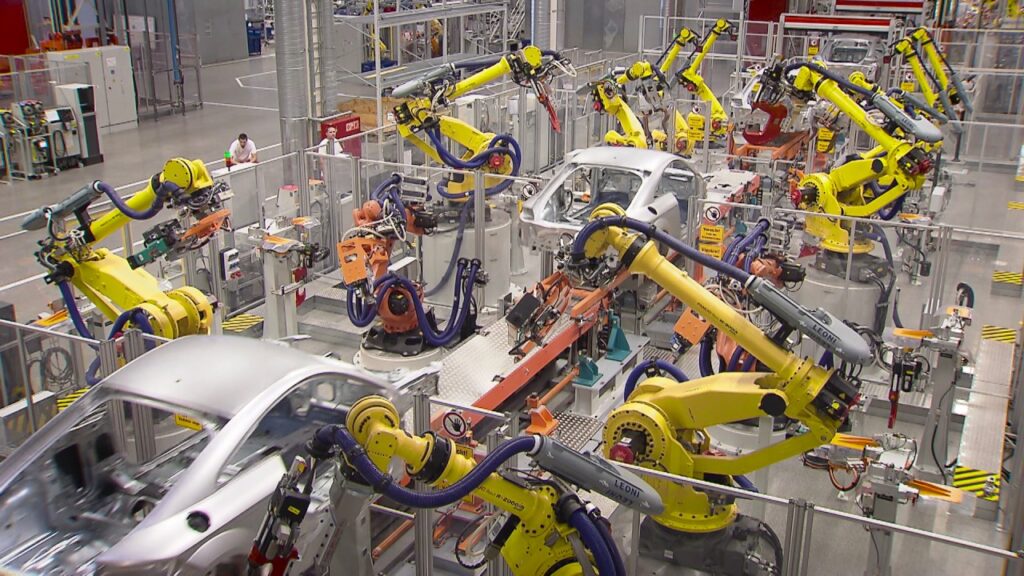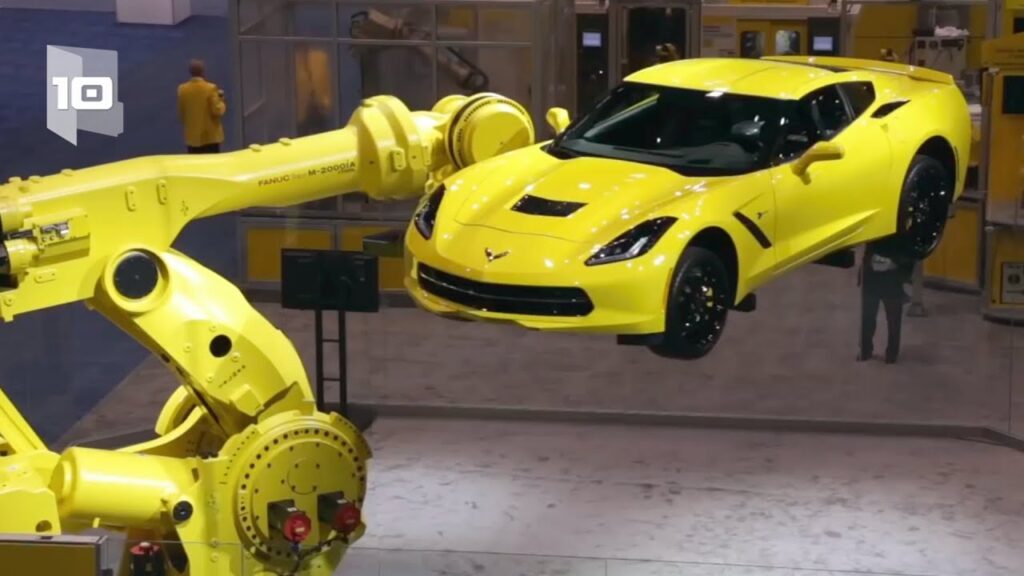In the race towards achieving fully automated production processes, industrial robots have emerged as the key players. These advanced machines are revolutionizing the manufacturing industry by taking over tasks traditionally performed by humans. With their remarkable precision, speed, and efficiency, industrial robots are creating new possibilities and pushing the boundaries of automation. In this article, we will explore the different types of industrial robots and how they are transforming the manufacturing landscape.
Industrial robots come in various forms and are designed to perform specific tasks in the manufacturing process. One type of industrial robot is the articulated robot, which consists of multiple joints that mimic the movements of a human arm. These robots are highly versatile and can be programmed to perform a wide range of tasks such as welding, painting, and assembly. With their flexibility and ability to work in tight spaces, articulated robots are ideal for industries that require complex and precise operations.
Another type of industrial robot is the Cartesian robot, also known as a gantry robot. These robots use a system of linear actuators and rotary joints to move along three axes. Cartesian robots are most commonly used for pick and place operations, where they excel in repetitive tasks like packaging, sorting, and loading and unloading of materials. Their linear motion and high payload capacity make them well-suited for applications that involve heavy lifting and moving objects over long distances.
SCARA robots, an acronym for Selective Compliance Assembly Robot Arm, are commonly found in industries that require high-speed and high-precision tasks. These robots have a cylindrical work envelope and can perform tasks such as assembly, inspection, and testing. SCARA robots are often used in electronics manufacturing and semiconductor industries, where accuracy and speed are of utmost importance.
Collaborative robots, also known as cobots, are a recent addition to the industrial robot family. Unlike traditional industrial robots, cobots are designed to work alongside humans, sharing the same workspace without the need for safety barriers. Cobots are equipped with various sensors and advanced algorithms that enable them to detect and respond to human presence. These robots have opened up new possibilities for human-robot collaboration, with applications ranging from assembly line assistance to precise tasks like surgical operations.
As industrial robots continue to evolve, manufacturers are finding innovative ways to integrate them into their production processes. For instance, PRATIC CNC-Machining Centers can be equipped with industrial robots to automate the loading and unloading of materials. This integration allows for seamless and continuous production, eliminating the need for human intervention and maximizing efficiency.
With the advancements in artificial intelligence and machine learning, industrial robots are becoming increasingly smarter and more autonomous. They can now adapt to changes in their environment, learn from past experiences, and make real-time decisions. This level of autonomy is reshaping the manufacturing industry, increasing productivity, and reducing the risk of human error.
However, as with any technological advancement, there are challenges and concerns that come with the rise of industrial robots. One of the main concerns is the potential displacement of human workers. While industrial robots offer numerous benefits, the transition towards automation may result in job losses and a shift in workforce dynamics. It is essential for companies to ensure that proper training and re-skilling programs are in place to minimize the negative impact on workers.
In conclusion, industrial robots are revolutionizing the manufacturing industry by enabling fully automated production processes. From articulated robots to collaborative cobots, each type of industrial robot has its unique capabilities and applications. With the integration of industrial robots, manufacturers can achieve higher productivity, precision, and efficiency. While the rise of industrial robots presents challenges, it also offers opportunities for new job roles and advancements in technology. As we continue to push the boundaries of automation, it is crucial to carefully consider the impact on the workforce and foster a smooth transition towards a more automated future.
Industrial Robot
“Enhancing CNC-Machining Centers with Industrial Robots: Exploring Different Types of Automated Robotics”


